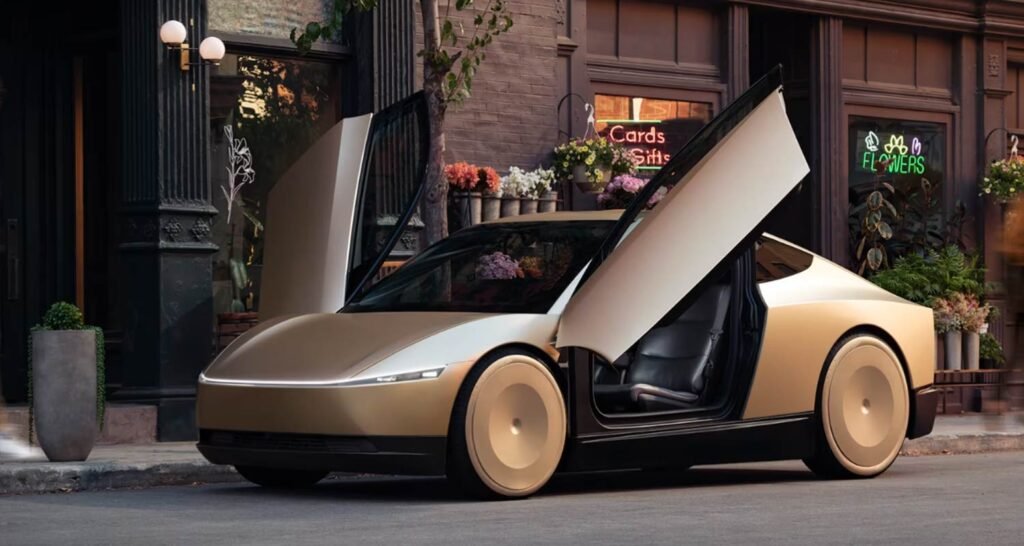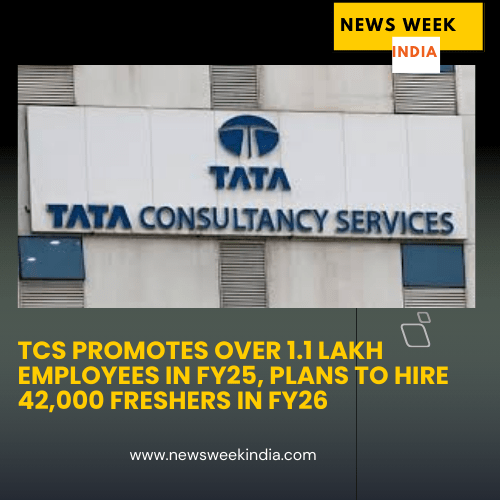Tesla launched its robotaxi service in Austin, Texas—a move hailed as a potential game‑changer that could double its market value by 2026
On June 22, 2025, Tesla launched its much-awaited robotaxi service in Austin, Texas, a bold step towards driverless transport. CEO Elon Musk called it a “historic moment,” with experts predicting it could double Tesla’s market value to $2 trillion by 2026. For Indians, this development signals exciting prospects in technology, investment, and urban mobility. Here’s a simple guide to what happened, why it matters, and its relevance to India.

What Is Tesla’s Robotaxi Service?
Tesla’s robotaxi is a self-driving taxi service where passengers book rides via a Tesla app, and Model Y SUVs—equipped with advanced “Full Self-Driving” (FSD) software—drive autonomously. Key details of the Austin launch include:
- Small Start: The service began with 10-20 Model Y vehicles, operating in a limited “geofenced” area in South Austin from 6 AM to midnight.
- Safety Measures: A Tesla employee sits in the passenger seat as a “safety monitor,” and remote operators watch the cars. The service pauses during bad weather.
- Affordable Rides: Rides cost a flat $4.20, cheaper than traditional cabs like Uber, aiming to attract early users.
- Invite-Only Launch: Initially, only select Tesla investors and enthusiasts were invited to test the service, with plans to expand soon.
The launch marks Tesla’s first paid autonomous ride service, a decade after Musk promised driverless cars. Unlike competitors like Waymo, Tesla uses only cameras and AI, avoiding expensive sensors like lidar, which could make scaling faster and cheaper.
Why Is This a Game-Changer?
Analysts, like Wedbush’s Dan Ives, see the robotaxi as a turning point for Tesla, which has faced declining car sales. Here’s why it’s significant:
- Market Value Boost: The robotaxi could transform Tesla from a carmaker to a tech giant, with high-margin services like ride-hailing. If successful, Tesla’s stock could double its $1.5 trillion valuation by 2026.
- Disrupting Transport: In the U.S., robotaxis could challenge Uber and Lyft. In India, this tech could reshape services like Ola, offering cheaper, safer rides.
- AI Leadership: Tesla’s AI-driven approach positions it as a global leader in autonomy, potentially licensing its FSD software to other carmakers like Tata or Mahindra.
- Future Vision: Musk plans to let Tesla owners add their own cars to the robotaxi network by 2026, creating a sharing economy where cars earn money when not in use.

Challenges Ahead
The road isn’t without its bumps:
- Safety Concerns: Tesla’s FSD software has faced U.S. safety probes for crashes. In Austin, lawmakers urged a delay until new safety laws kick in on September 1, 2025.
- Competition: Waymo, already offering 250,000 weekly rides in U.S. cities, is ahead. Amazon’s Zoox and others are also testing in Austin.
- Regulations: Texas has relaxed rules, but scaling to other cities or countries like India will face stricter laws.
- Public Trust: Protests in Austin, led by groups like The Dawn Project, highlight concerns over Musk’s political ties and Tesla’s safety record.
Why Should Indians Care?
India, with its booming tech scene and crowded cities, stands to gain from Tesla’s robotaxi push:
- Inspiration for Indian Tech: Companies like Ola Electric and Ather Energy could explore autonomous tech, reducing reliance on drivers and cutting costs.
- Investment Opportunity: Indian investors in U.S. stocks or mutual funds holding Tesla (like Mirae Asset’s ETFs) could see gains if the robotaxi succeeds.
- Urban Mobility: India’s traffic-choked cities like Bengaluru or Delhi could benefit from driverless taxis, easing congestion and pollution.
- Job Creation: Tesla’s focus on AI could spur demand for Indian engineers skilled in machine learning, already a key talent pool for global tech firms.
- Tesla in India: Musk has hinted at entering India with factories and EVs. A successful robotaxi could accelerate these plans, bringing jobs and innovation.
What’s Next?
Tesla plans to scale the Austin service to thousands of vehicles and expand to cities like Los Angeles and San Francisco by late 2025. By 2026, the futuristic “Cybercab”—a driverless car with no steering wheel—will enter production. For India, the success of this service could push local firms to innovate and attract Tesla’s investment.
In Simple Terms
Imagine hailing a cab in Bengaluru, but it’s a Tesla that drives itself, costs less than Ola, and runs on AI. That’s what Tesla started in Austin. If it works, it could make Tesla richer, inspire Indian startups, and change how we travel in cities.
Last Updated on: Monday, June 23, 2025 7:42 pm by Sri Hari Priya Rayaprolu | Published by: Sri Hari Priya Rayaprolu on Monday, June 23, 2025 7:41 pm | News Categories: News, Technology






